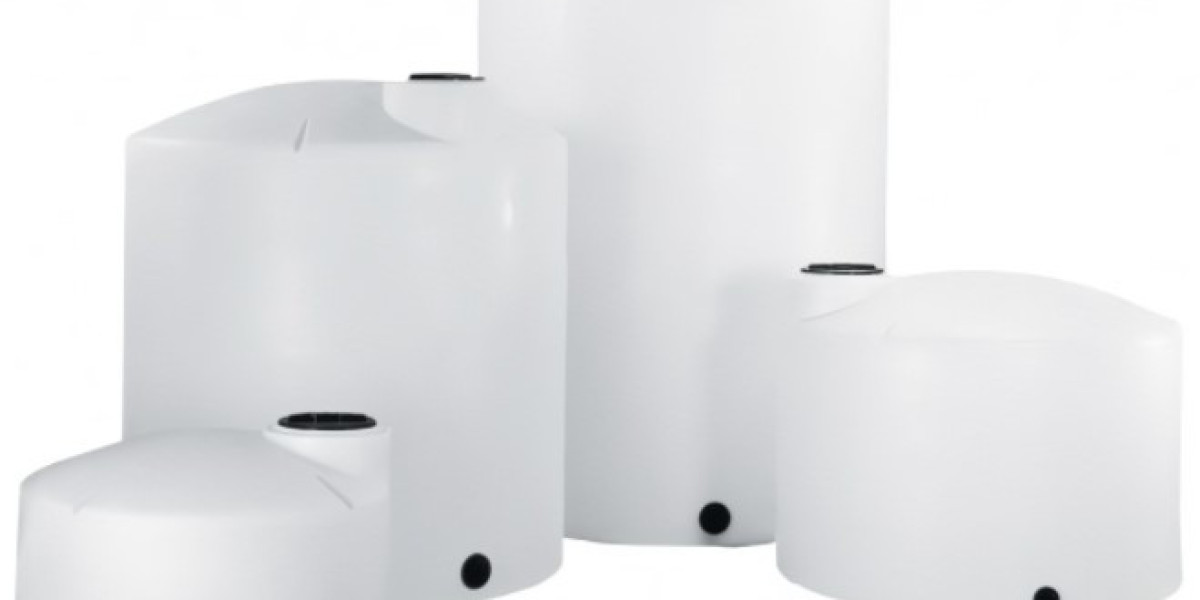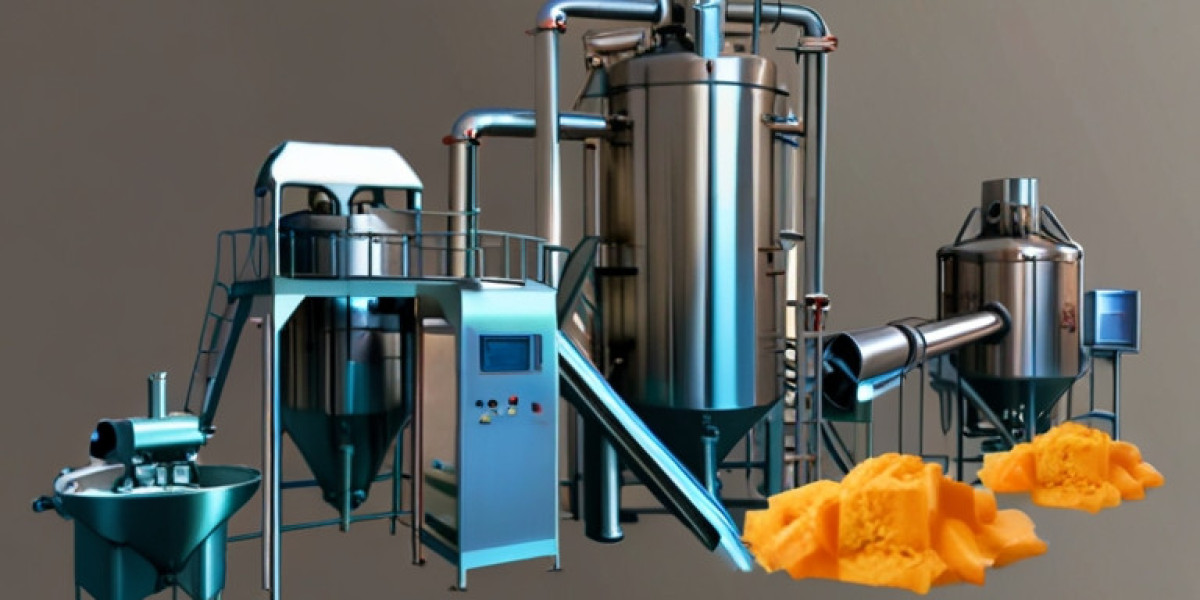Their design, characterized by a tall, cylindrical shape, allows for maximum storage capacity while minimizing the footprint, making them an efficient solution for storing large volumes of water. These tanks are commonly used in areas where space is limited, and their vertical orientation makes them ideal for collecting and storing rainwater, potable water, or other liquid resources.
One of the main advantages of a vertical water storage tank is its ability to fit into compact spaces. Whether installed on a small residential property or in an industrial setting, these tanks efficiently use vertical space, allowing for significant water storage without requiring a large horizontal area. Additionally, their design helps maintain water pressure, making them effective in delivering water to various parts of a building or facility. Vertical water storage tanks are typically made from materials like polyethylene, fiberglass, or steel, each offering different benefits in terms of durability, cost, and maintenance.
Moreover, vertical water storage tanks are known for their ease of installation and maintenance. They can be easily integrated into existing water systems, whether for rainwater harvesting, irrigation, or potable water storage. The accessibility of these tanks also makes it simpler to perform routine maintenance and inspections, ensuring the longevity and reliability of the water storage system.
The Importance of Acid Tanks in Industrial Applications
Acid tanks are specialized storage units designed to safely contain and handle corrosive substances such as acids, alkalis, and other chemicals. These tanks are crucial in various industrial processes, where the safe storage and handling of hazardous materials are paramount. The materials used to construct acid tanks are selected for their resistance to corrosion and their ability to withstand the aggressive nature of the stored substances. Common materials include high-density polyethylene (HDPE), fiberglass-reinforced plastic (FRP), and specialized stainless steel alloys.
The design and construction of acid tanks are critical in ensuring the safety of both the environment and the personnel working in the facility. These tanks are engineered to prevent leaks and spills, which could lead to environmental contamination or pose serious health risks. Features such as double-wall construction, specialized coatings, and venting systems are often incorporated into acid tanks to provide additional layers of protection.
In addition to their primary function of safe storage, acid tanks also play a vital role in the efficiency of industrial processes. Properly designed and maintained tanks ensure that the chemicals are stored in optimal conditions, which can prevent degradation and maintain the quality of the stored substances. This is particularly important in industries such as chemical manufacturing, water treatment, and mining, where the integrity of the chemicals directly impacts the effectiveness of the processes.
Integrating Vertical Water Storage Tanks and Acid Tanks
In many industrial settings, the need for both vertical water storage tank and acid tanks is common, as water and chemicals are often integral components of the manufacturing process. Integrating these tanks into a cohesive storage system can improve operational efficiency, reduce costs, and enhance safety. For instance, vertical water storage tanks can be used to store the water needed for diluting acids, cooling systems, or washing down equipment, while acid tanks ensure the safe containment of the chemicals involved.
When planning the installation of these tanks, it is crucial to consider the specific requirements of the substances being stored, as well as the environmental and safety regulations governing the facility. Selecting the right materials, tank design, and safety features will ensure that both water and chemicals are stored securely and effectively, contributing to the overall success of the industrial operation.
Conclusion
Vertical water storage tanks and acid tanks are indispensable in both residential and industrial settings, each serving a unique and critical role. While vertical water storage tanks maximize storage capacity in limited spaces, acid tanks ensure the safe handling of hazardous materials. Together, they contribute to the efficient and safe operation of various processes, making them essential components in modern water and chemical management systems. Investing in high-quality storage solutions is key to ensuring the longevity and success of any operation, whether for household use or complex industrial applications.



